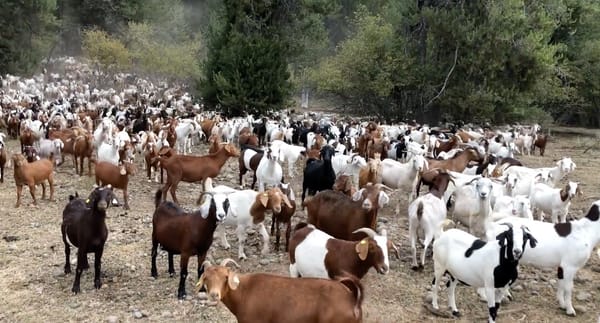This is a video about The European pine marten, also known as the pine marten or the European marten, a mustelid native to and widespread in most of Europe, Asia Minor, the Caucasus and parts of Iran, Iraq and Syria.
The American marten (Martes americana), also known as the American
